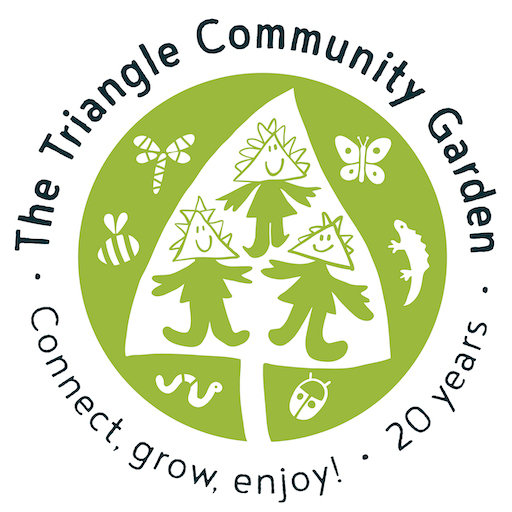What is a Forest Garden?
Forest gardens put the importance of plants at the very heart of their philosophy. They are modelled on the structure of natural woodland and range in size from a small back garden to several fields. All include a range of plants (mostly perennial and often multipurpose) grown together in ways which are mutually beneficial. Forest gardens celebrate functional plants, many of which are edible, whilst others provide material for cloth, dyes, plant supports, herbal medicines and much more. Many of the plants also have a specific role in supporting the eco-system by fixing nitrogen in the soil, providing weed-suppressing ground cover or by raising nutrients from the soil.
It’s easy to underestimate plants – their complexity, their versatility and the way their existence quietly underpins our fast-paced, technologically-advanced, indoor lives. Our modern plant-blindness makes it easy to forget the fundamental role plants play in supporting eco-systems which allow us to breathe, produce food and develop life-saving medicines. Forest gardens acknowledge the value of plants and work with them to create productivity and sustainability.
The Forest Garden at Triangle Community Garden
The area between the stream and the field is currently being developed as a forest garden. Over the past couple of years the ground has been cleared of weeds and the canopy layer (of trees and larger shrubs) has been planted. Volunteers have spent many hours planting common trees such as hazel, willow, apple and apricot (for fruit, nuts and wood), alongside more unusual specimens such as the Asian pear (Pyrus pyrifolia), blue bean tree (Decaisnea fargesii) and autumn olive (Elaeagnus umbellata), all grown for their fruits.
Shrubs planted so far include a strawberry tree (Arbutus unedo) for fruit, a Judas tree (Cercis siliquastrum) as a nitrogen-fixer and an American elder (Sambucus canadensis) for the edible flowers and fruit.
Forest Garden – Next Steps
As well as completing the canopy layer, we are planning to develop the herbaceous perennial (plants which die back in autumn and regrow in spring) and ground-cover planting next spring. Initially this will focus on adding a range of dye plants and a collection of edible and medicinal herbs. As the garden matures, we are hoping to start using the food and other materials it produces and there will be opportunities for the community to learn more about the practical aspects of forest gardening.
In the meantime, if you would like to get involved, we are always grateful for any help which volunteers are able to contribute. Volunteer sessions run every Friday morning and the last Sunday morning of each month. We’re a friendly group, so do come along and join us…
